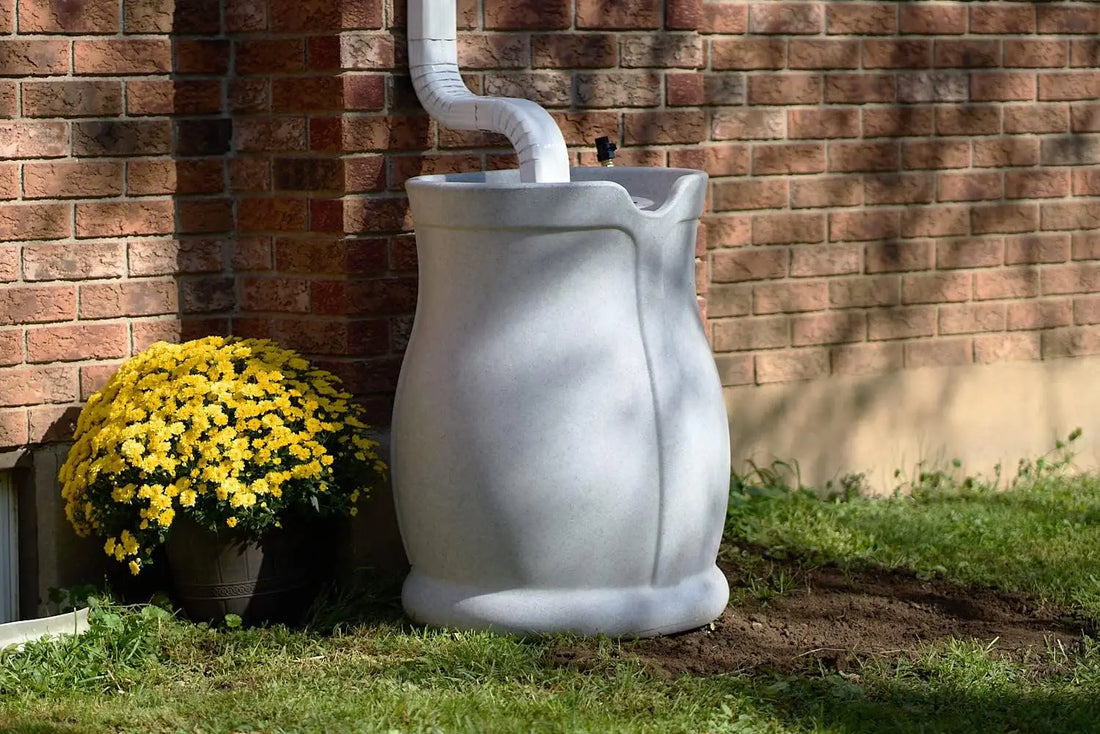
Organic Gardening: A Sustainable Way to Grow Your Own Food
Share
Organic gardening is more than just a trend—it’s a sustainable, eco-friendly way to grow fresh, healthy food while protecting the environment. Whether you have a backyard garden, raised beds, or just a few containers on your balcony, growing organically helps reduce chemical exposure, supports biodiversity, and improves soil health.
In this guide, we’ll explore the benefits of organic gardening, how to start your own organic garden, and tips for maintaining healthy plants using sustainable practices.
Why Choose Organic Gardening?
Organic gardening focuses on working with nature rather than against it. By avoiding synthetic chemicals, pesticides, and fertilizers, you create a natural ecosystem that supports plant health, beneficial insects, and soil fertility.
Top Benefits of Organic Gardening:
✔ Healthier Food – No synthetic pesticides, herbicides, or chemical fertilizers.
✔ Better Soil Health – Organic matter improves soil structure and nutrient availability.
✔ Eco-Friendly – Reduces pollution, conserves water, and supports biodiversity.
✔ Cost-Effective – Save money by growing your own produce naturally.
✔ More Nutrients – Studies show organically grown foods often contain higher nutrient levels.
Step 1: Choosing the Right Location
A successful organic garden starts with a good location that provides plants with the essentials:
☀️ Sunlight: Most vegetables need 6-8 hours of direct sunlight daily.
💧 Water Access: Ensure your garden is close to a water source for easy irrigation.
🌱 Good Drainage: Avoid areas that flood or have compacted soil.
🌿 Wind Protection: Use natural windbreaks like shrubs or fences for delicate plants.
Step 2: Preparing Healthy Organic Soil
The foundation of organic gardening is rich, nutrient-dense soil. Healthy soil leads to strong, productive plants that are naturally resistant to pests and diseases.
How to Improve Soil Naturally
✅ Compost: Add homemade compost or organic compost mixes to improve soil fertility.
✅ Mulch: Use straw, grass clippings, or wood chips to retain moisture and prevent weeds.
✅ Crop Rotation: Avoid depleting soil nutrients by rotating plant families each season.
✅ Cover Crops: Plant nitrogen-fixing crops like clover to replenish soil nutrients.
✅ Organic Fertilizers: Use compost tea, worm castings, and fish emulsion instead of synthetic fertilizers.
Step 3: Selecting the Best Organic Seeds & Plants
Choose organic, non-GMO seeds and plants to ensure a true organic garden. Look for seed packets labeled "Certified Organic" or "Heirloom", which means they are free from chemical treatments.
Best Organic Vegetables to Grow:
🥬 Leafy Greens – Spinach, kale, lettuce, Swiss chard.
🍅 Tomatoes & Peppers – Rich in nutrients and easy to grow.
🧄 Garlic & Onions – Natural pest deterrents.
🥕 Root Vegetables – Carrots, radishes, beets, and potatoes thrive in organic soil.
🥒 Cucumbers & Squash – Perfect for vertical gardening or raised beds.
Step 4: Natural Pest & Disease Control
Instead of using chemical pesticides, organic gardening relies on natural methods to control pests and prevent diseases.
Natural Pest Control Methods:
🐞 Encourage Beneficial Insects – Ladybugs, praying mantises, and bees help control harmful pests.
🌸 Companion Planting – Basil repels aphids, marigolds deter nematodes, and lavender attracts pollinators.
🦟 DIY Natural Sprays – Use neem oil, garlic spray, or diluted dish soap to keep pests away.
🪲 Handpicking – Remove large pests like caterpillars or beetles by hand.
Preventing Plant Diseases:
✔ Water at the Base: Avoid wetting leaves to prevent fungal infections.
✔ Prune for Airflow: Trim plants to allow proper ventilation and reduce disease spread.
✔ Crop Rotation: Prevent soil-borne diseases by changing planting locations yearly.
✔ Use Healthy Soil: Disease-resistant plants start with nutrient-rich, well-balanced soil.
Step 5: Sustainable Watering Techniques
Watering your garden efficiently saves resources and encourages strong root growth.
Water-Saving Tips for Organic Gardening:
💧 Mulch Deeply – Retains moisture and prevents evaporation.
💧 Use Drip Irrigation – Directs water to the roots, reducing waste.
💧 Water Early in the Morning – Minimizes water loss from evaporation.
💧 Collect Rainwater – Install rain barrels to use natural water for your garden.
Step 6: Harvesting & Composting for a Zero-Waste Garden
The final step in organic gardening is harvesting your produce and recycling waste to continue the cycle.
Harvesting Tips:
✔ Pick veggies when they are ripe for the best flavor and nutrients.
✔ Use scissors or garden shears to avoid damaging plants.
✔ Store produce properly – leafy greens in the fridge, root vegetables in a cool, dark place.
Composting Garden Waste:
🌱 Add fruit & vegetable scraps, eggshells, and coffee grounds to compost.
🌱 Avoid adding dairy, meat, or oily foods to prevent odors.
🌱 Turn compost regularly to speed up decomposition.
Final Thoughts: Start Your Organic Garden Today!
Organic gardening is a rewarding and sustainable way to grow your own food while helping the planet. By using natural soil amendments, avoiding harmful chemicals, and practicing eco-friendly gardening techniques, you’ll create a thriving, organic garden that provides fresh, delicious produce all season long.
